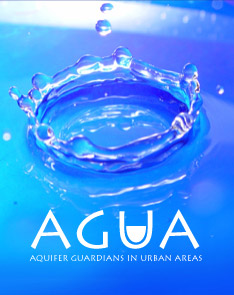
Council votes to upzone Steubing Ranch development near Camp Bullis
|
| Information about the rezoning |
|---|
| Rezoning request, maps and staff recommendations |
Express-News: |
| Express-News: Development of land near Bullis gets initial OK |
What arguments were made for the upzoning?
The developer argument: Lobbyist Ortiz argued that If Council zoned the land piecemeal, it would have to allow 50% impervious cover in commercial zones, so it is better off with the 43% it got with the master planned zoning.
The reality: The Steubing Ranch master plan shows 80% impervious cover in commercial zones. Furthermore, Council has the authority to limit impervious cover on rezonings or to deny rezoning requests altogether. See Pape-Dawson's impervious cover plan
The developer argument: The lobbyist said AGUA was wrong about the rezoning shifting development out of the blighted quarry area.
The reality: Pape-Dawson's impervious cover plan shows that the rezoning shifts impervious cover from the quarry area to the natural area.
The developer argument: The upzoning is better for the aquifer since it creates a development master-planned for aquifer protection.
The reality: First, Council could have approved the master-planned district without increasing impervious cover. Secondly, it is a scientific fact that increasing impervious cover degrades water quality. It is unlikely that improvements in development layout could overcome the handicap of 55 more acres of parking lots, buildings, driveways, and streets.
SAWS argument: The large master plan facilitated protection of floodplains and recharge features by structuring the open space around them.
The reality: While theoretically there is some truth in the statement, SAWS neglected to inform Council that floodplains and recharge features are already protected by law. Developers are required to leave such features, and an additional buffer zone, in a natural state. Furthermore, the development plan shows a major thoroughfare running directly through the floodplain that the plan supposedly protects.
In Summary
Thank you to everyone who contacted Council on this issue and special thanks to Christel Villarreal, Diane Lang, Alan Townsend, and Annalisa Peace for showing up. Councilwoman Ramos mentioned she had received several emails on this issue, as did another Councilperson.
Richard Alles